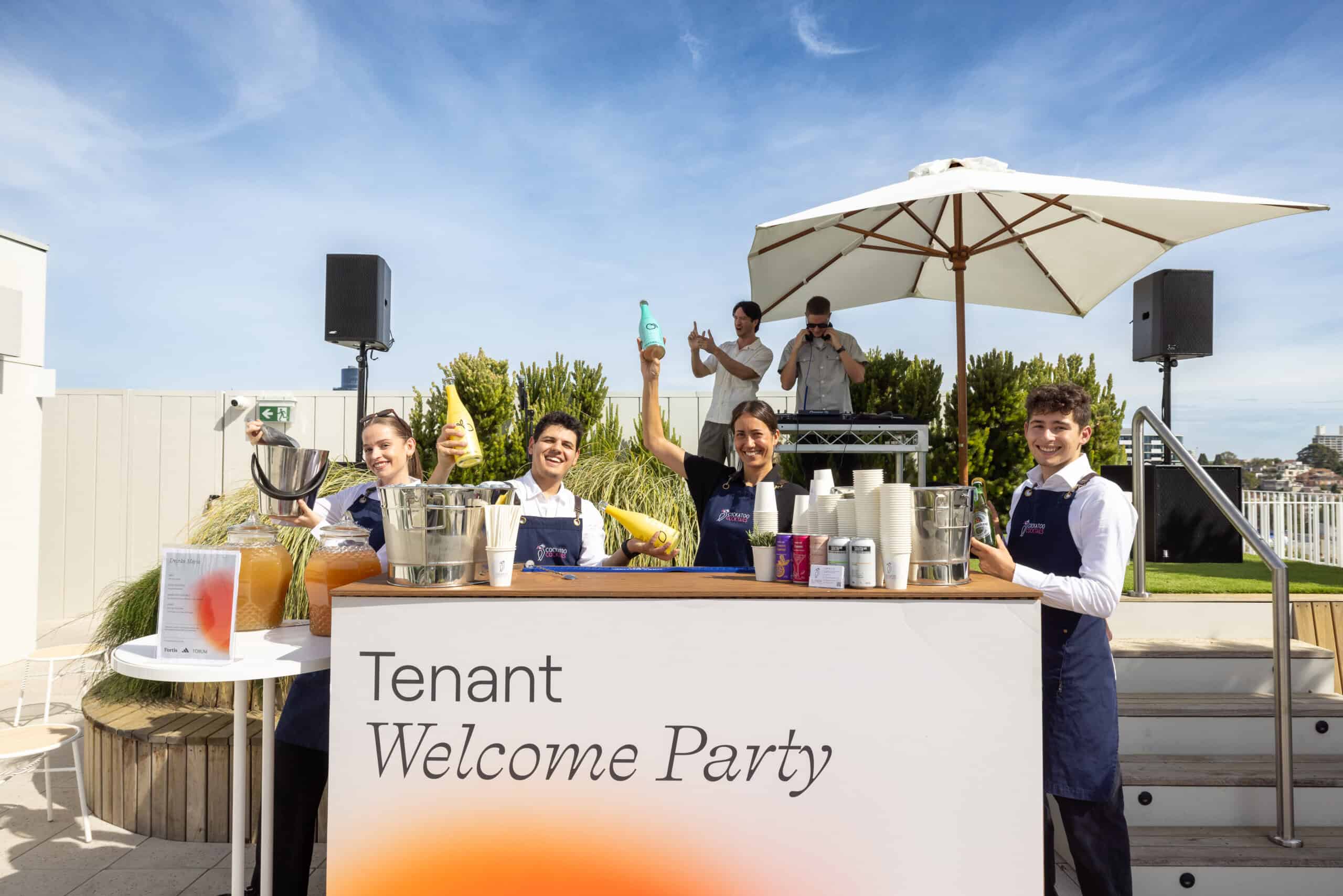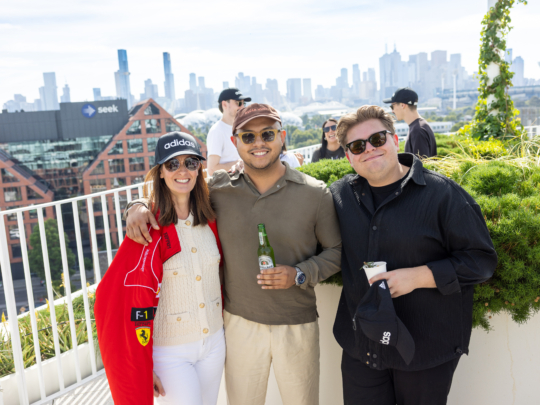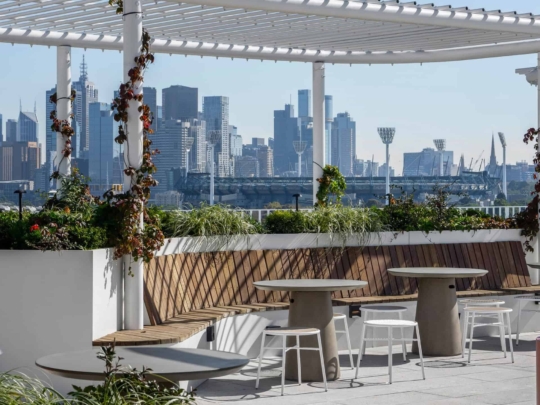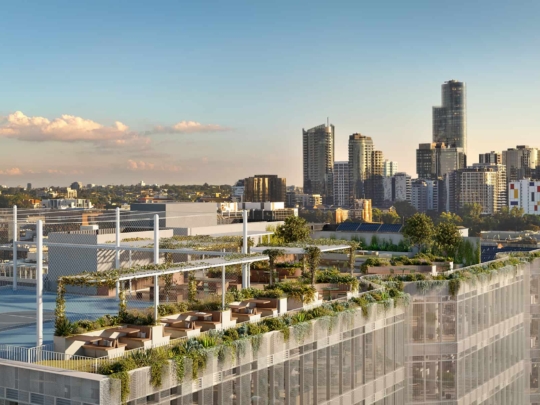
At Fortis, commercial leasing isn’t about filling space. It’s about shaping a building’s identity and creating an environment where tenants and their communities thrive. We sat down with Jordan Winada, Head of Acquisitions (Commercial) Victoria and South Australia, to talk about how we curate the perfect tenant mix, why it matters, and how it drives value for everyone involved.
How has demand for premium commercial space evolved, and what does that mean for leasing?
Demand has shifted from quantity to quality. Tenants often want less space, but they expect it to work harder. That means smarter layouts, better amenity, ESG credentials, and a strong brand presence. Offices now need to be cultural hubs, not just workstations. Our focus is on creating high-performance spaces that draw people in by design.
What makes Fortis’s approach different from other developers or landlords?
We see ourselves as partners, not just landlords. From the outset, we design our buildings with specific tenants in mind, whether it’s office, retail or hospitality. Every space we deliver is premium and we stay flexible. If a tenant needs something tailored, we work with them to make it happen. And just as we shape spaces to suit the tenant, we also tailor our strategy to the location. We consider the surrounding precinct, the street-level experience, and the broader community to ensure every project feels connected and purposeful. It’s this attention to both tenant and context that helps us create places people genuinely want to be.
What defines the ‘right’ tenant for a Fortis commercial property?
It starts with alignment – tenants who share our vision for the building and the precinct. That means businesses that value premium design, high-end amenity and a well-located address, but also tenants who bring energy, longevity and a positive contribution to the building’s culture. Whether it’s a global brand or a fast-growing local business, we’re looking for people who will make the most of the space and help foster a vibrant community.
How do you identify and approach potential tenants, especially premium or global brands?
We take a mixed approach. Rather than relying solely only on open market campaigns, we go directly to businesses we think are a great fit, often those with leases expiring around the time our projects complete. We seek to understand and identify what that business needs in their new home and talk through how our offices can offer solutions to those issues. It’s critical for us to understand what drives our potential tenants and partners to ensure we can offer them the best possible solution.
What goes into creating a complementary tenant mix within a building?
It starts with understanding how tenants might interact. A great tenant mix means bringing together businesses that complement each other, whether it’s how they operate, the kind of brands they are, or the cultural values they share. At 67 Palmerston Crescent, for example, we have Liston Newton, an award-winning accounting firm running workshops for other tenants; Reymond, a PR and marketing agency collaborating with neighbours (including ground floor café Clementine and even Fortis); and Urban Core, a fit-out contractor who has delivered spaces for other tenants in the building. That’s an ecosystem in action.
How do you balance commercial outcomes with building culture?
We believe great commercial outcomes come from great environments. That’s why we take care to bring in tenants who add energy, character, and value to the building and the wider precinct. It’s about creating places people want to be, where businesses thrive and a strong sense of community grows naturally.
Can you share examples where tenant choices continued to placemaking and brought a precinct to life?
At 65 Dover, the ground floor is a standout example of placemaking in action and a key contributor to the growing vibrancy of Cremorne. While the ground floor is typically a small component of a building, here it plays a central role in shaping the identity and energy of the entire precinct. The combination of Baker Bleu, Suupaa, and Adidas has transformed the street, bringing daily foot traffic, buzz, and a sense of destination.
Baker Bleu draws a loyal crowd with its cult-following bakery, Suupaa adds a vibrant, design-led hospitality experience, and Adidas brings global brand recognition and retail appeal. Together, they’ve created a dynamic mix that activates the street from morning to night and sets the tone for the building above.
We’ve seen similar impact in Double Bay, where premium F&B and retail operators have helped shape the precinct’s character. These tenants don’t just occupy space—they bring life to it. That’s the essence of placemaking: curating environments where people want to spend time, connect, and return.
What’s the long-term thinking behind securing anchor tenants?
Anchors set the tone. They add credibility, stability, and energy to the building. Once we have the right anchor, it’s easier to attract complementary tenants who align with that identity, creating a strong, cohesive mix for the long term.
Watch the full commercial leasing film here.
View our current commercial leasing opportunities here.


